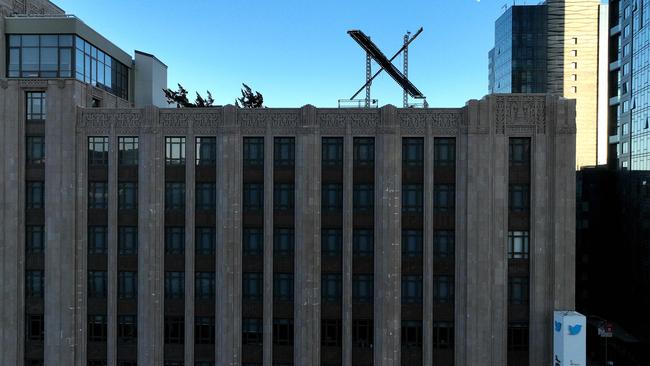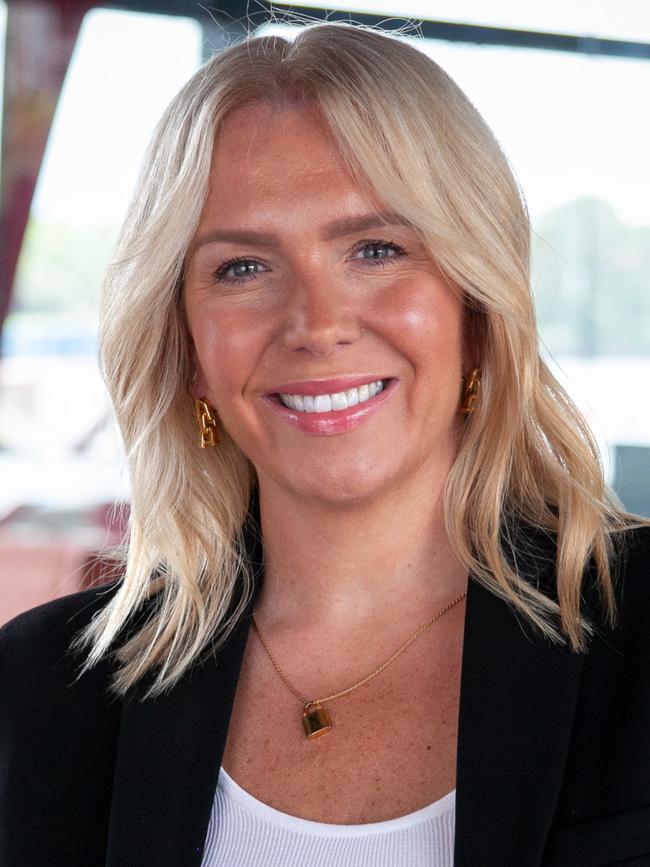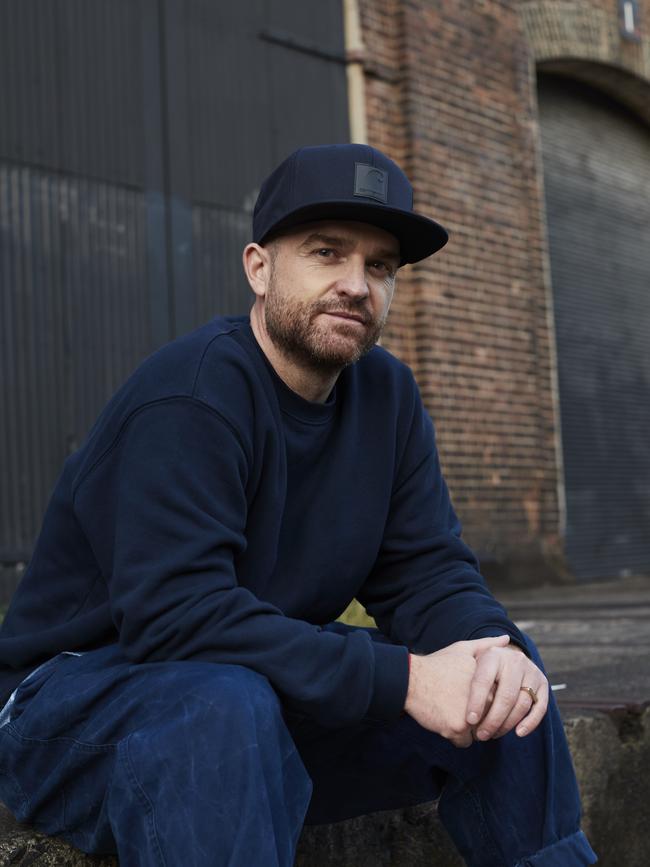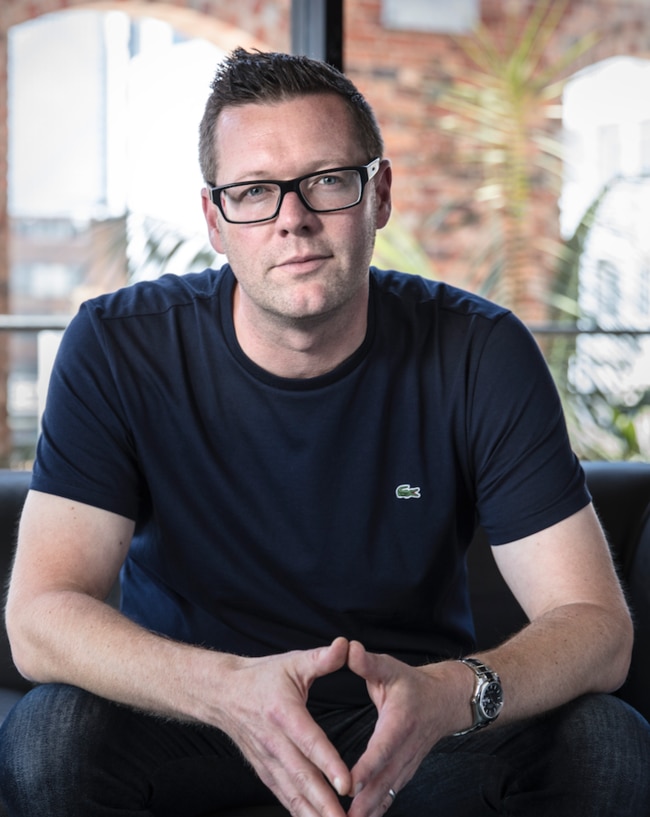Twitter rebrand ‘a tombstone as much as it’s a bassinet’
Can Twitter’s new brand X turn the fortunes of the struggling social platform around?

Brand experts and marketing industry leaders say that the transition to the new brand “X”, formerly known as Twitter, is clunky, rife with commercial risk and a move that represents more than a decade of brand equity lost almost overnight.
The rebrand is awkward in both X Corp.’s timing and creative execution, according to experts, too. While the new black-and-white logo has replaced the ubiquitous blue bird online, users can still “tweet”, and the platform‘s URL remains as Twitter.com.
Does the “rebrand” signal a new era for the platform, or are its days numbered? Experts from Australia and abroad explain the purported creative and commercial implications.

Kevin McTigue, clinical professor of marketing, Kellogg School of Management, Northwestern University, US
In theory, a rebrand could be a way to create a whole new set of associations around a new product offering. Wipe the slate clean and launch a new, all-in-one app offering like a WeChat, unencumbered by any associations tied to the current Twitter brand. Like how HBOMax went to just Max as a way to incorporate content from non-HBO sources in their streaming service. But the difference is that they just moved HBO under a brand umbrella like “Alphabet” moved “Google” under the umbrella. It seems as of now that the Twitter name, which has some baggage but still massive value, is being tossed in favour of a new name with few relevant associations and no underlying new product. It’s going to take quite a bit of time and money to build the new brand. And that’s before we even start talking about the tactical issues of the name itself.
Let’s pretend Kylian Mbappé started playing really poorly and no clubs wanted him and no fans were supporting him. So, he changes his name to George Smith and gets a new haircut. If he still plays the same way, he has the same problem, just a new name and haircut. Twitter has a new name and haircut.

Dr Helen Edwards, author, consultant and adjunct associate Professor of Marketing at London Business School
Twitter has achieved the thing that most brands would love to have – the brand name has become a verb. Chucking that away is like burning a huge pile of money – and people are probably going to continue to use it anyway.
Musk claims the product is changing, and often that can be a reason for a name change – to trigger a re-evaluation. But the product hasn’t actually changed yet – better to wait until you have something tangibly new to offer as a rationale, otherwise it really is a superficial “paint job”.
The whole thing seems so poorly thought through and executed, I wouldn’t be remotely surprised if the name changed back again at some point. There is even a bit of me that wonders if this is just an expensive “gotcha”, getting the media and the marketing community into a spin – which has been achieved.

Lee Leggett, chief executive officer, CHEP Network
At a time when advertisers are concerned about the direction of the platform and Meta has launched Threads, this feels like a hugely risky move. Twitter’s brand was the last differentiator in its fight for attention and revenue but perhaps the brand is so damaged already that a total relaunch makes sense. But my view is that the horse – or should that be the bird – has already bolted.
In one way, the rebrand is terrible for Twitter if we think about it purely in the context of the microblogging social media platform it was originally designed to be. But this is more than losing the blue bird, this is
a signal that Musk is going all-in on his vision of creating an “everything app” to rival WeChat.
We can argue about the new name, design of the logo and the new corporate livery until the cows come home, but the true test for this rebrand will be the success (or failure) of what X becomes next. If he does achieve his vision and X becomes a ubiquitous presence in our lives, the rebrand will be brilliant. If he doesn’t, he’ll have effectively destroyed billions of dollars worth of value overnight.
The erosion of brand equity effectively began when Musk took control of Twitter. It’s been “death by a thousand cuts” and while this is the most recent, I’d argue it’s not the worst. The damage was already done.

Anne Blackman, global head of marketing and communications, McKinsey & Company, US
My instinctive feeling is that this rebrand is going to cause issues in the short and long term, and regrettably a lot of brand equity value has been lost. This will hamper growth, competitive positioning and future crisis management.
My first thought is should what has happened be called a rebrand? One view is that a brand – and, by extension, its creative assets – represent an organisation’s vision, strategy, purpose and culture. What has happened here does not feel like a carefully thought through rebrand addressing each of these. I don’t see the Twitter/X brand strategy at the heart of what has happened. So maybe not a rebrand, more a stand-alone logo swap?
If it is a stand-alone logo swap and some complementary graphic design work, I feel the logo is not distinctive or memorable. The bluebird was highly recognisable and a big part of Twitter’s identity, with a sense of optimism about it and a broader appeal than X. Will a black and white logo stand out as well as a bluebird on a phone screen or elsewhere? Twitter has entered everyday language. People tweeted. What is the equivalent going to be now? Will X work as a noun and a verb? I am not an IP lawyer but wonder if the X logo can be protected legally given it is not distinctive? I would guess Elon Musk had his legal team look at this.

Ben Miles, VP, executive creative director, brand design and consulting, Australia and Asia, R/GA
The X rebrand is intended to signal a new direction for Twitter. The changes have been described as “a second chance to make another big impression”. But rather than doubling down and protecting Twitter’s wide brand recognition in a time of (let’s be honest) crisis, the rebrand feels like an attempt to paper over strategic cracks. A distraction. A generic and unnecessary gamble on what looks like a very hazy future. And more than anything, it feels like an admission of defeat.
Before selling Twitter, founder Jack Dorsey’s vision was clear. “We’re committing Twitter to help increase the collective health, openness and civility of public conversation, and to hold ourselves publicly accountable towards progress.” By contrast, there’s been no attempt to redefine values and to be open with the world about the transformation. I question whether people will understand or engage with the reason behind this “everything” app and what it stands for. And changing the name and the visual identity should be the last step.

Harley Augustine, head of TBWA\ Brand Labs
First off, it’s worth noting that the X reveal has been hiding in plain sight for nearly a year now. On the day he bought Twitter, Musk tweeted that it was a way to bring X – the ‘everything app’ and ‘global town square’ – to life. With this new aspiration to be a multi-faceted ecosystem rather than solely a social platform, the Twitter brand is no longer fit for purpose and, if anything, a hindrance to growth. Sure, Twitter is an iconic brand with 15 years’ worth of brand equity but it’s synonymous with tweeting, not banking or countless other potential categories or functions. Could it have been? Maybe. But Elon clearly thinks otherwise and isn’t taking the risk. Only time will tell.
Let’s be clear, this rebrand is a tombstone as much as it’s a bassinet. It simultaneously draws a black line through Twitter (and its billions of dollars in brand value), and reshapes the world’s current understanding of, and future experiences with it. What’s interesting is that the blue bird has been replaced rather than allowed to live on within a universal X ‘master’ brand experience, which suggests that a total reset was desired. Will that work? In time, perhaps yes. But in the meantime, those mourning the death of their favourite little blue bird can find comfort in Threads.



